As you might know, pressure increase when going deeper below the surface. Your middle ear is a dead air space, connected to the back of your throat by the normally closed Eustachian canals, if you fail to fill up this space with air when the pressure around you increases (this is called equalizing) this is what’s happening:
How do you get an Ear Barothrauma?
- About 1 Metre below the surface, your eardrum swell up and mucus starts to enter your Eustachian canals making equalization difficult. Your ear nerves are stretched and you start to feel pain.
- At 2 meters deep, your ears tissues begin to tear causing inflammation which might last for up to a week. Equalization is pretty much impossible as pressure forces soft tissues together shutting the canals ends.
- At 3 meters deep, blood and mucous is sucked from surrounding tissues to fill your middle Ear, this is called Middle Ear Barothrauma. Pain decreases and you feel like water came filled up your ear. Don’t try to get the water out, no way, it will be reabsorbed by tissues within a week. This is if you are lucky…
- If you aren’t… At 4 meters, your eardrums may break. And water from the outside fill up your middle ear. This might cause vertigo, especially if the water around you is cold as the brain doesn’t know how to interpret this unbalance between your two ears. If you blow too hard to equalize, you also may rupture the round window membrane between your middle and inner ear, this is called inner ear barotrauma and may cause temporary or permanent hearing loss…
Ok, as you see things go very quickly and you realize that equalizing in necessary. Open up your Eustachain tubes and let the air flow in from your throat.
How to avoid ear problems while diving
Rule N.1 to avoid ear problem while diving: Mind your depth!
Rule N.2: to avoid ear problem while diving: Equalize!
To avoid problem using this technic, don’t blow to hard, don’t maintain the pressure for more than 5 seconds and if you still can’t equalize, go up a bit until canals unlock.
Other methods to practice and combine:
- Swallow while pinching your nose. This will activate the muscles below the tubes and pull them open while air compressed by your tongue goes in.
- Bring your jaw forward and down : like a yawn (be careful to keep a good seal around your reg if you don’t want salt water in your mouth) moving your jaw from side tto side might help
You can use each technic alone, alternate or together. With practice, some divers manage to keep their canals opened while descending, which lowers greatly the stress on its ear while diving.
If you keep your nostrils pinched, you will also feel a mask squeeze, letting some air through your nose fill your mask will be enough to avoid it.
Rule N.3 to avoid ear problem while diving: Take your time!
When going down, don’t wait to feel pressure in your ears to equalize as pressure only make it more difficult. If it is blocked, don’t force it, it’s the best way to break something. Keep steady (don’t let yourself sink any deeper!), go slightly up to unlock your canals and try again. If you can’t equalize, you can’t go down! Take your time… Listen to the “pop” or “click” when your tubes are opened.
When you reach the bottom depth, equalize once more as you may not feel a small pressure unbalance but it might still hurt your ear with time.
Tips: It is easier for some divers to descend feet first with your head above. Looking up also helps as it tend to open the Eustachian canals. If one technic doesn’t work, try to use another or combine two (swallow while blowing your nose or yawn while blowing your nose). Be careful of mucous, which can block your tubes: don’t dive with a congestion (cold), keep your mask clear of water, avoid tobacco, alcohol and dairy if you are prone to ear problem while diving. Equalizing at the surface before descending might help. Chewing a gum before your dive might also help.
Rule N.4 to avoid ear problem when diving: Be careful of reverse block
If you feel pressure in your ear or sinuses while ascending from your dive, you are experiencing a reverse block. A reverse block is caused by mucus preventing air bubbles in your middle ear, tissues or sinuses from escaping our body.
DOs and DON’Ts in case of reverse block
Be careful, while you feel about the same pain as with a normal block (going down), this problem is about the opposite so DON’T: go up to release pressure: go down! Don’t blow your nose as it will only increase the air pressure in your middle ear and increase the pain/ damage.
DO: Yawning or swallowing technics can help but if it doesn’t, stay still and take your time. Slow down your ascent. As long as you have air in your tank, no need to force the way. The last 10 meters will be the hardest so go slow. You can even try to go down a bit to lower the pressure (and pain) and let the air goes out slowly.
Again the most important is to take your time, some reverse block take 10-15 minutes to clear, but at low depth, you should have enough air to stay that long so relax and try to enjoy your extended dive…
How to avoid reverse block: don’t dive with a cold or sinuses problems and if you use a decongestant, make sure the effect will not wear off during your dive.
Your ears are precious and aren’t designed for the rapid pressure change incurred with diving, take good care of them to avoid traumas!
The Smiling Seahorse: Myanmar diving specialist!
For more fishy articles, read the latest articles our blog post or follow us through our facebook page.

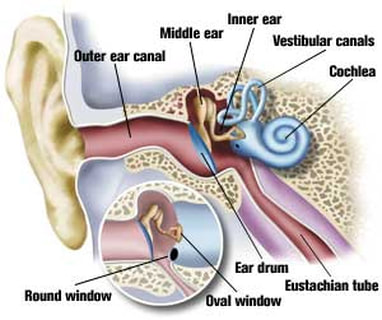
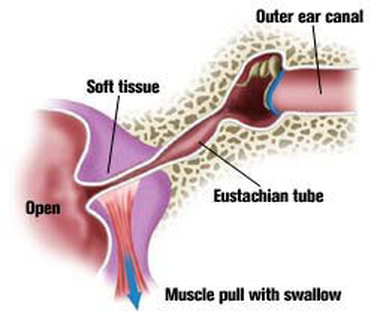
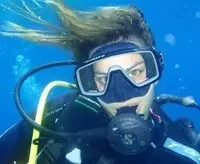
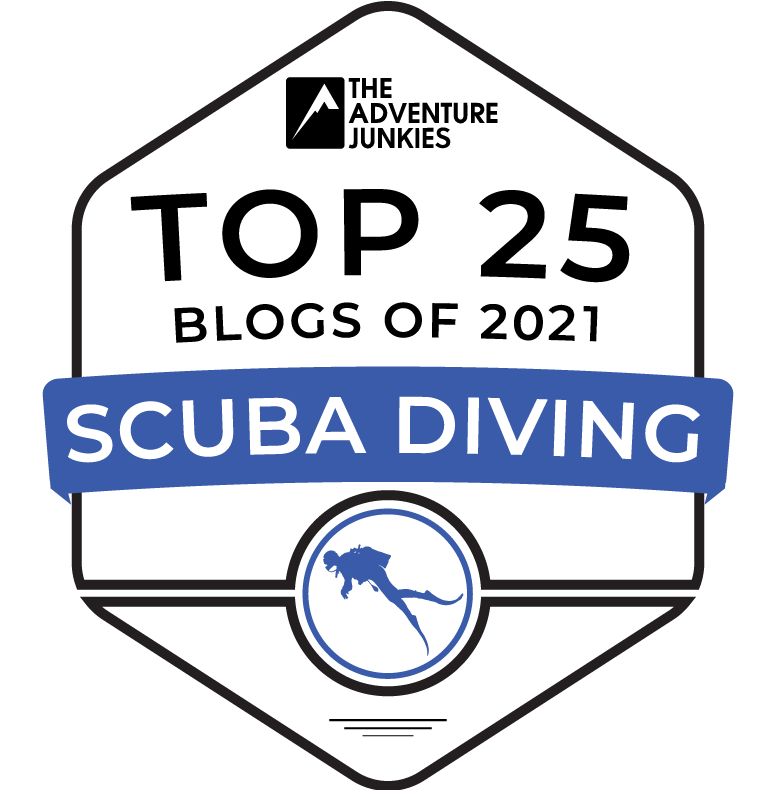

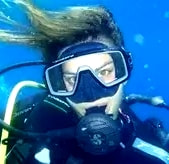

 RSS Feed
RSS Feed




